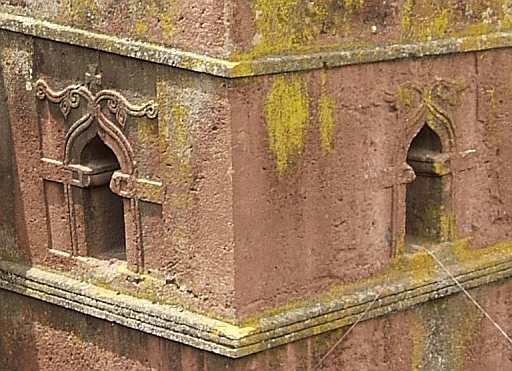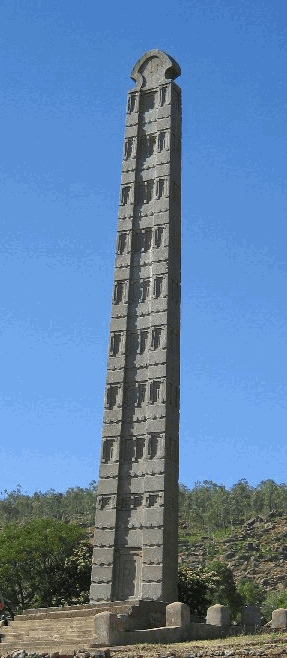A few days ago, I read Oldest Biblical Inscription Deciphered, Archaeologists Say by our News Staff, and found it fascinating. It takes one back to Solomon, who, according to the Bible, had a thousand wives (that’s includin’ concubines, I have to tell ya.) Now people like to embellish these stories, and my mother sometimes would sing this:
Oh Solomon, he had a thousand wives
And bein' a kind hearted fella,
He wanted all o' them
To lead contented lives
So he bought each mamma
A grand piana, ....
The proper lyrics (by Cole Porter) are to be read here, and you can see that the story takes a different turn.
However, there’s another take on Solomon, and that’s the Ethiopian account of how their first emperor Menelik I was the son of Solomon and the Queen of Sheba. As part of a BBC4 series on The Lost Kingdoms of Africa, (which in Britain you can watch on iPlayer through that link) Dr Augustus (Gus) Casely-Hayford took us to Ethiopia, to search for evidence of this connection. As an art historian, he spotted things which might have missed other observers.
One is the persistence of a sunrise window design for over a millennium.
Sunrise windows in a rock-hewn church at Lalibela. 
Now look closely at this stela from Axum. Built over 2000 years ago, it is understood to be a funerary skyscraper for the king buried there, to house all his officials in the next life (though unlike most contemporary kings, they aren’t known to have taken their wives or officials with them as they did in other parts of the world. They seem to have been a most civilized lot, these Axumites.)
What is so interesting is the things looking like enormous rivets sticking out. These are representative of wooden beams flared at the ends, acting as huge wall ties preventing the building from bursting outwards. This technique allowed multi-storey construction, and was continued for a long time afterwards, both in practice and represented artistically in later all-stone buildings. (I wonder if this technique could have prevented the Twin Towers from collapsing so rapidly.)
One thing he showed from that time was a sort of Rosetta Stone, carved in three languages, the ancient Ethiopic, Greek, and Sabaean (from what is now the Yemen.) http://en.wikipedia.org/wiki/Sabaeans
Even further back in time, he visited Yeha http://en.wikipedia.org/wiki/Yeha, where there is a tower in Sabaean style, similar to buildings in the Arabian peninsula dated to 700 BC. There there is a monument carved in Sabaean script. Now this script is so far undeciphered, byt maybe, just maybe, will someone find a similar carving which states “The Queen of Sheba woz here”? Unlikely, since there is no account of her having visited Ethiopia, but rather the son she had with Solomon.


_0.gif)


Comments